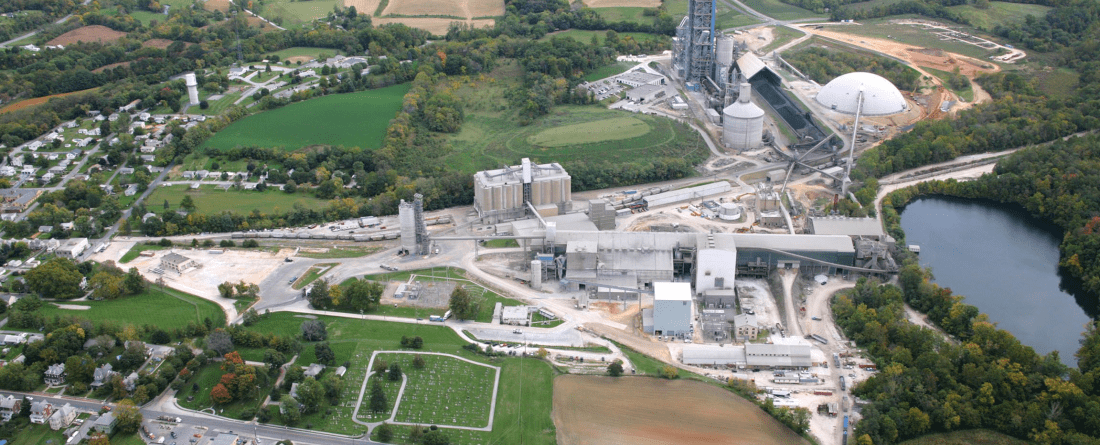
Kennedy, K.M., Williams, J.Z., Cui, R., Ku, A.L., Qiu, L., Dahl, C., Kennedy, S., Hultman, N.E. (2022).”Manufacturing Sector Decarbonization Strategies and Impacts in the State of Maryland.” Center for Global Sustainability, University of Maryland. 50 pp
The Center for Global Sustainability (CGS) at the University of Maryland delivered the first-of-its-kind analysis to Maryland’s Governor Larry Hogan and the Maryland General Assembly on the potential to decarbonize Maryland’s diverse manufacturing sector without compromising social and economic goals. The General Assembly called for this comprehensive report with the charge of understanding the manufacturing sector in Maryland and determining if the state can incorporate decarbonizing manufacturing into law.
Key findings include:
- Non-federal action is a critical pillar of climate mitigation in the United States, especially from pioneering states such as Maryland. Maryland’s Climate Solutions Now Act of 2022 calls for 60% emissions reductions by 2031, the most ambitious target in the country, as well as a 2045 net-zero goal. The state must take action in all sectors to achieve its climate targets, including in the manufacturing sector.
- The manufacturing sector in Maryland represented nearly 10% of statewide emissions in 2020. Though a smaller sector, as Maryland’s economy continues to grow and diversify, it will be necessary for the state and industry to take steps to decarbonize manufacturing.
- We find the manufacturing sector can reduce emissions by 54.8% by 2031 and 83.8% by 2050 from 2006 levels. These reductions would account for 9.3%—roughly one-tenth—of total emissions reductions needed to reach net-zero state-wide without compromising economic and social growth.
- Emissions from the manufacturing sector in Maryland derive from fuel use, industrial processes, and product use. Cement production and super-polluting F-gases represent the largest sources of emissions, with both significant challenges and opportunities for reductions.
- Cement production is currently the largest contributor to emissions in the Maryland manufacturing sector, dominated by process emissions with limited mitigation options. Cement facilities in Maryland have already taken actions or made plans to reduce emissions, but significant efforts are required to reach sectoral net-zero emissions.
- Fuel use (non-cement) is another significant source of emissions, presenting a challenge as an integral component of manufacturing production. Abatement is possible through strategies like electrification and improving energy efficiency.
- F-gases, such as HFCs, are substitutes for ozone-depleting substances (ODS). Most emissions are released during product use, not manufacturing processes, requiring different strategies targeting consumer behavior in addition to technical manufacturing actions.
- Reducing emissions from the manufacturing sector not only offers economic opportunities but also solidifies Maryland’s position as a climate leader. By including the manufacturing sector in state climate targets and regulations, and taking advantage of federal support, policymakers can facilitate the sector’s low-carbon transition through market- and non-market-based policy mechanisms.
